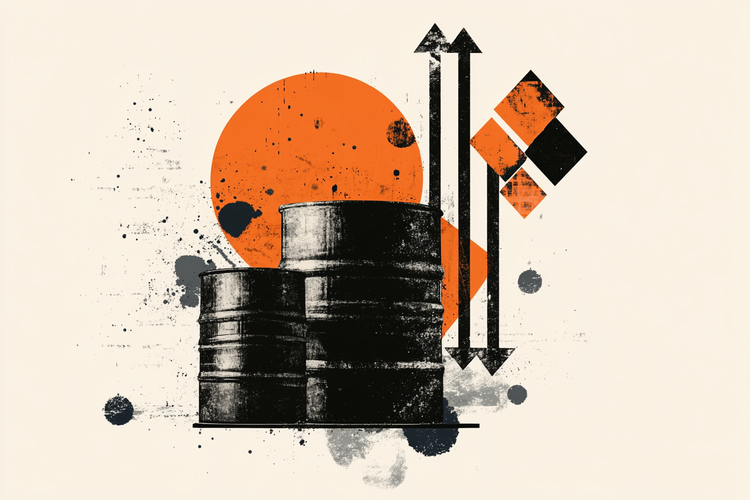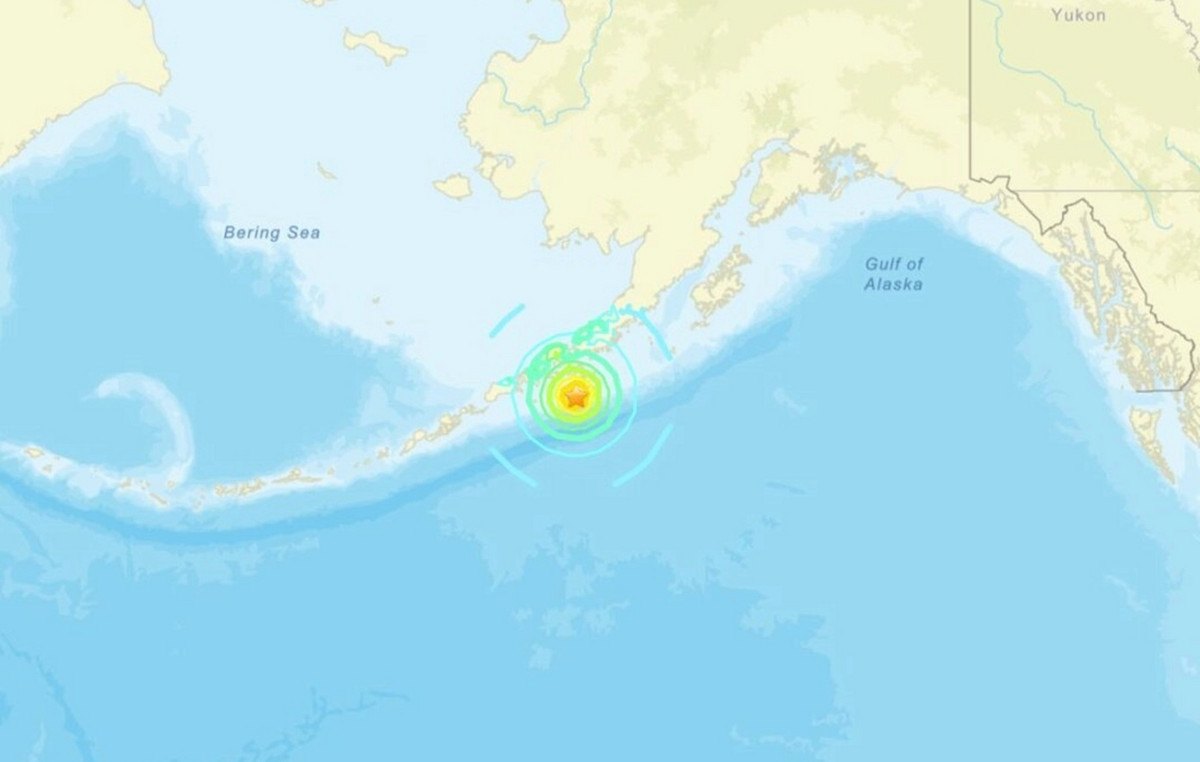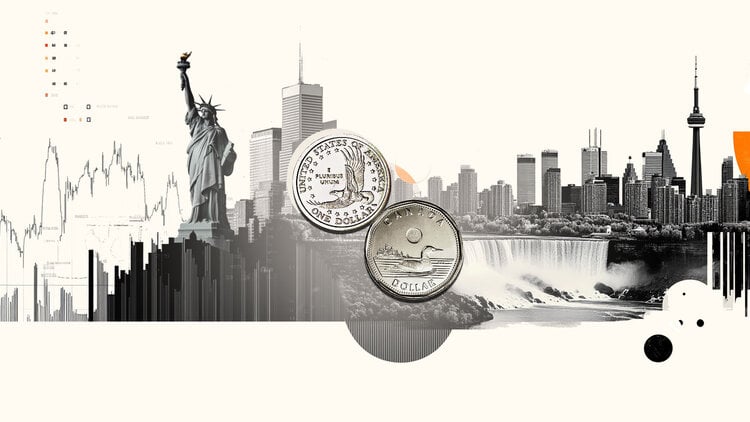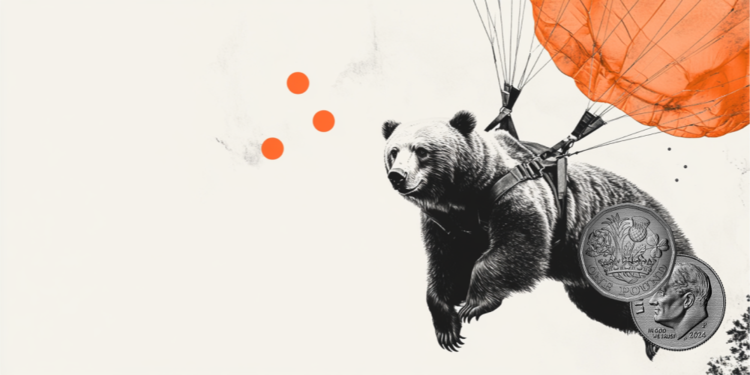- USD/CAD recovers above 1.3900 as Trump’s victory strengthens the US Dollar.
- Investors expect the Fed to cut interest rates by 25 bps to 4.50%-4.75%.
- The BoC made a larger rate cut due to slowing inflation and weak labor demand.
The USD/CAD pair recovers from Tuesday’s sell-off and returns above the key figure of 1.3900 in North American trading hours on Wednesday. The pair is strengthening as the US Dollar (USD) looks set to post the biggest gains in a single trading day in over four years. The Dollar Index (DXY), which measures the value of the dollar against six major currencies, records a new four-month high near 105.40.
The Dollar Index soars as citizens of the United States (US) have elected Republican Donald Trump as their 47th president. Trump defeated his Democratic rival Kamala Harris in key Senate battleground states. Perceived risky currencies have been hit hard by Trump’s victory, as investors expect higher import tariffs and lower corporate taxes under his administration. The scenario seems favorable for the US dollar, as it will boost corporate investment and labor demand.
Going forward, investors will focus on the Federal Reserve’s (Fed) monetary policy decision, which is scheduled for Thursday. According to the CME’s FedWatch tool, traders have priced in an interest rate reduction of 25 basis points (bps) to 4.50%-4.75%. This would be the second interest rate cut this year. In September, the Fed began the policy easing cycle, however, the size of the rate cut was 50 bps. Investors will also pay attention to the impact of Trump’s victory on the outlook for inflation and the path of interest rates.
Although the Canadian Dollar (CAD) is weak against the US Dollar, it is performing strongly against other currencies, even though the Bank of Canada (BoC) is expected to cut interest rates further. The BoC minutes for the October meeting, in which the central bank cut interest rates by a larger-than-usual 50 bp, showed that policymakers are confident that the disinflationary trend is intact and labor demand is weak.
“Members felt that a further step was appropriate given continued weakness in the labor market and the need for stronger economic growth to absorb excess supply,” it said.
The Canadian Dollar FAQs
The key factors that determine the price of the Canadian Dollar (CAD) are the level of interest rates set by the Bank of Canada (BoC), the price of oil, Canada’s main export product, the health of its economy, inflation and the trade balance, which is the difference between the value of Canadian exports and its imports. Other factors are market confidence, that is, whether investors bet on riskier assets (risk-on) or look for safe assets (risk-off), with the risk-on being positive for the CAD. As its largest trading partner, the health of the US economy is also a key factor influencing the Canadian dollar.
The Bank of Canada (BoC) exerts significant influence over the Canadian Dollar by setting the level of interest rates that banks can lend to each other. This influences the level of interest rates for everyone. The BoC’s main objective is to keep inflation between 1% and 3% by adjusting interest rates up or down. Relatively high interest rates are usually positive for the CAD. The Bank of Canada can also use quantitative easing and tightening to influence credit conditions, with the former being negative for the CAD and the latter being positive for the CAD.
The price of oil is a key factor influencing the value of the Canadian Dollar. Oil is Canada’s largest export, so the price of oil tends to have an immediate impact on the value of the CAD. Generally, if the price of oil rises, the CAD also rises, as aggregate demand for the currency increases. The opposite occurs if the price of oil falls. Higher oil prices also tend to lead to a higher probability of a positive trade balance, which also supports the CAD.
Although inflation has traditionally always been considered a negative factor for a currency, as it reduces the value of money, the opposite has actually happened in modern times, with the relaxation of cross-border capital controls. Higher inflation often leads central banks to raise interest rates, attracting more capital inflows from global investors looking for a lucrative place to store their money. This increases the demand for the local currency, which in the case of Canada is the Canadian Dollar.
The published macroeconomic data measures the health of the economy and may have an impact on the Canadian dollar. Indicators such as GDP, manufacturing and services PMIs, employment and consumer confidence surveys can influence the direction of the CAD. A strong economy is good for the Canadian dollar. Not only does it attract more foreign investment, but it may encourage the Bank of Canada to raise interest rates, resulting in a stronger currency. However, if economic data is weak, the CAD is likely to fall.
Source: Fx Street
I am Joshua Winder, a senior-level journalist and editor at World Stock Market. I specialize in covering news related to the stock market and economic trends. With more than 8 years of experience in this field, I have become an expert in financial reporting.







